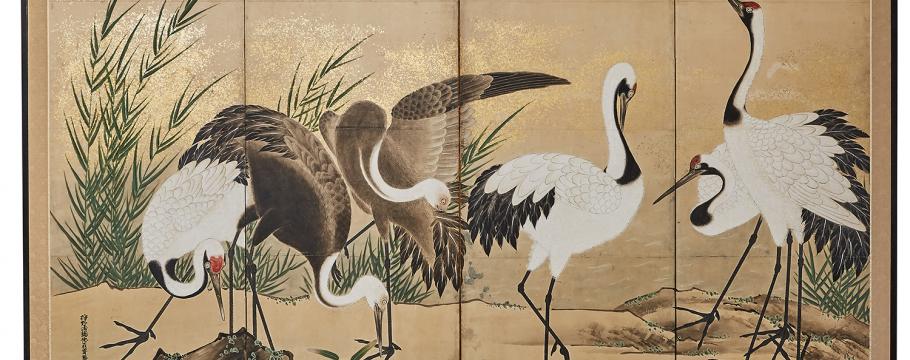
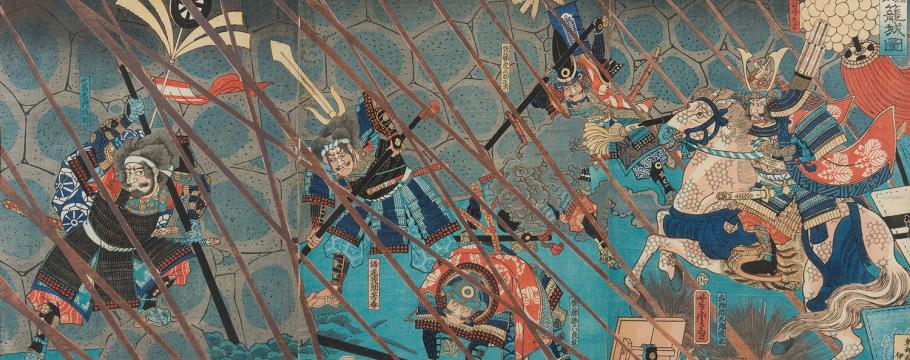
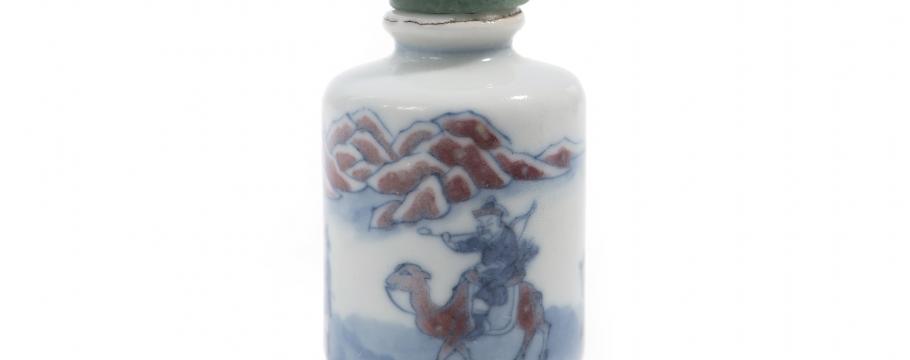

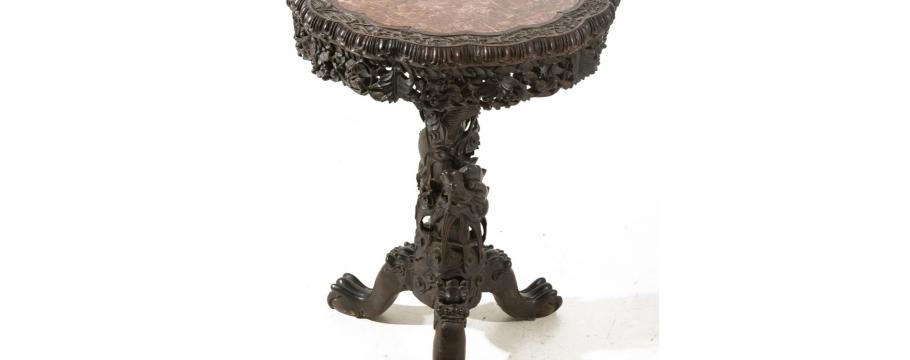
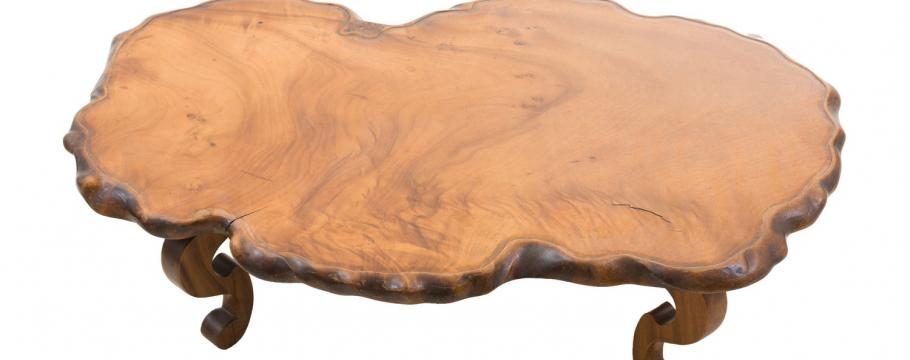
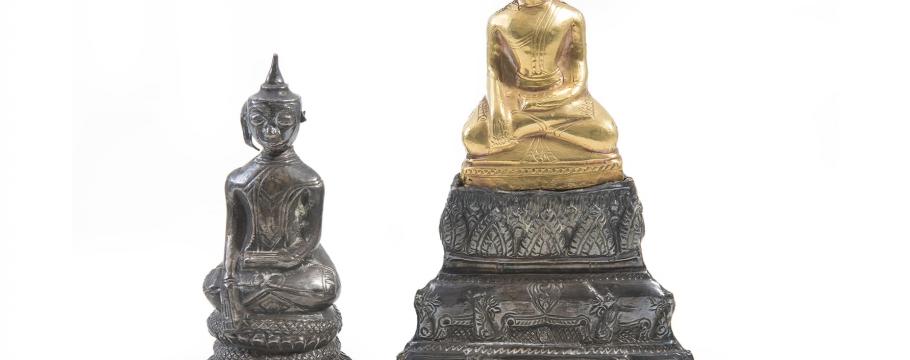
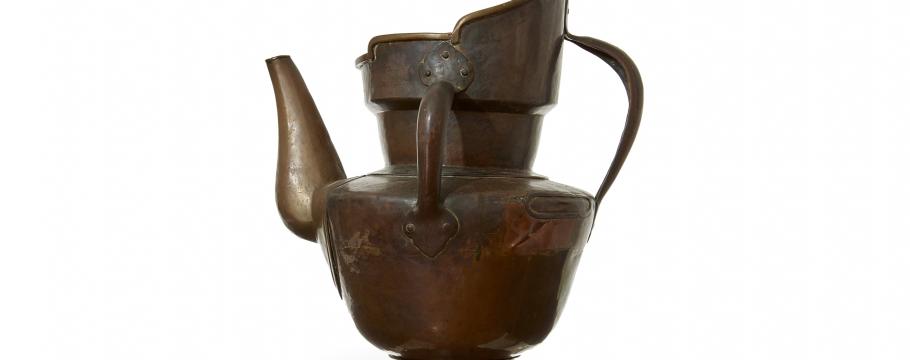
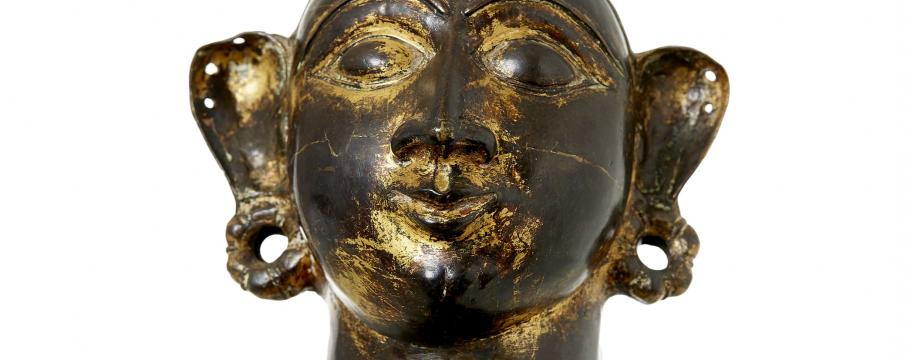

A range of Asian art auction items to suit all comers
Author: Richard Brewster | Posted: 11th December, 2018
Asian art lovers will be impressed at the range of collectable items on display at Leonard Joel’s Asian Art Edit auction from 6.30pm Wednesday December 12 at 333 Malvern Road, South Yarra.
One of the more colourful items is a circa 1705 Edo Period Japanese four panel screen in the Kano Tomonobu school style and painted by its esteemed artist Fujiwara Toshinobu at 70 years old (lot 13).
Kano Tomonobu was the sixth generation descendant of the master Kano Eitoku who established the Kano tradition of crane paintings.
Since ancient times, the crane has been an important symbolic element in Japanese culture.
According to both Chinese and Japanese mythology, cranes were thought to live for 1000 years and were a powerful embodiment of the desire for longevity and wisdom gained through experience.
Colourful is a Japanese 1867 woodblock print triptych by the Japanese artist Yoshitora (1836-1880) featuring a lively battle scene with Toyotomi Hideyoshi and his retainers attacking a castle (lot 10).
The auction features a selection of 18th and 19th century Chinese snuff bottles including one that depicts hunters in a mountainous landscape and another a writhing dragon (lot 44).
A rare Chinese gilt bronze belt hook, probably from the warring states period, is an unusual attraction – along with a late 19th century Chinese carved hardwood centre table (lot 63) and an early 20th century Japanese cherry wood tea table (lot 8).
Other finds include a 19th century Thai Ayutthaya gold and silver Buddha and Burmese silver Buddha (lot 75).
Unusual is the 17th-18th century inscribed Tibetan monk’s cap copper ewer made for serving tea to monks in a communal dining hall (lot 89) and purchased from Michael Backman Ltd in London.
Two lines of formal Tibetan script (U-chen) are on the ewer’s front stating it was commissioned for the Tashi Lhunpo monastery in Shigaste.
The inscription reads “This vessel made of red sandal-wood and its essence, may bring merits and insights, thus leading to the realm of Buddhahood. This copper kettle is dedicated to Tashi Lhunpo monks by Jagyabpa Depa Namgyai Sherab, desing sculptured by Drulrig kyi Bhendhe”.
Founded in 1447 by the first Dalai lama, the Tashi Lhunpo monastery was one of the most important in Tibet.
Also interesting is the 16th-17th century copper gilt mask of Radha or Sita (lot 111) and a matching pair of 20th century Korean vases (lot 17).





